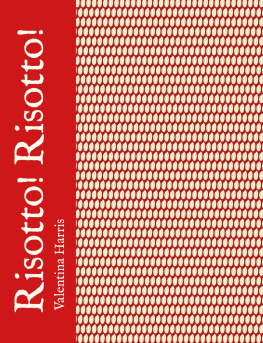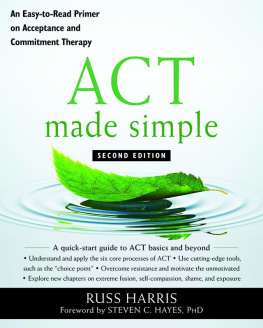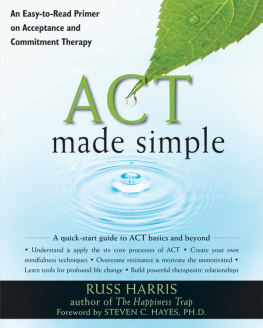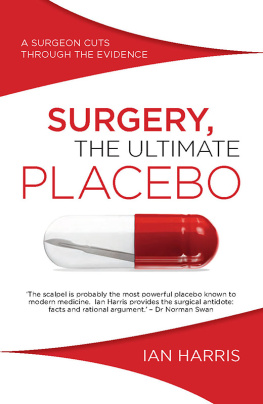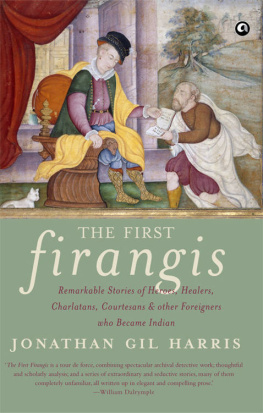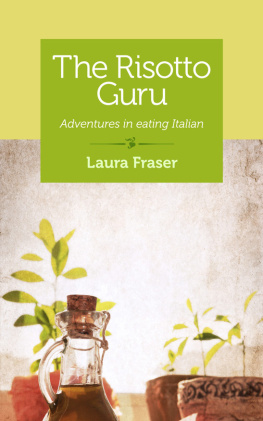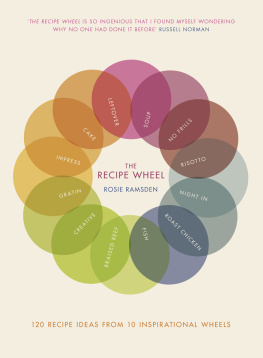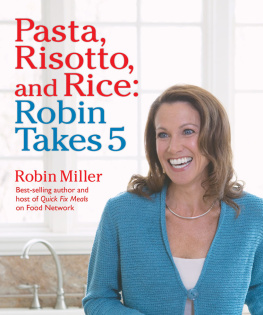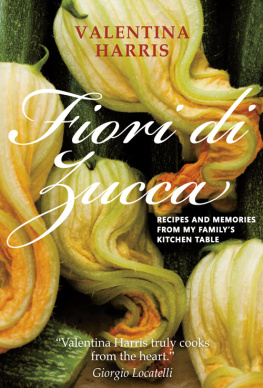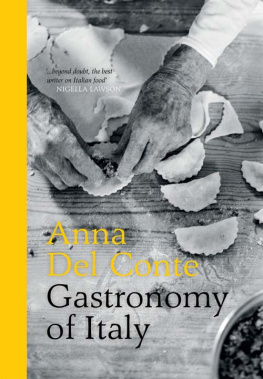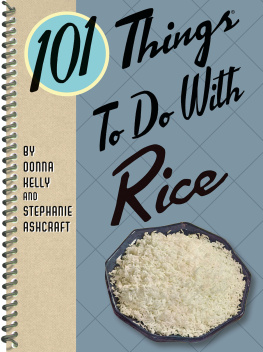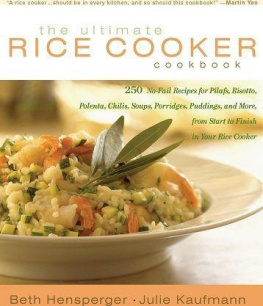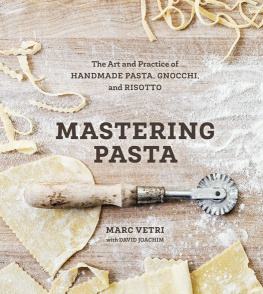Absolute Press
An imprint of Bloomsbury Publishing Plc
| 50 Bedford Square | 1385 Broadway |
| London | New York |
| WC1B 3DP | NY 10018 |
| UK | USA |
www.bloomsbury.com
This electronic edition published in 2017 by Bloomsbury Publishing Plc
ABSOLUTE PRESS and the A. logo are trademarks of Bloomsbury Publishing Plc
First published in the UK in 1998 by Cassell
This revised edition first published 2017
Valentina Harris, 2017
Recipe photography Ian Garlick, 2017.
Images are courtesy of Getty Images.
Images are courtesy of Topfoto.
Valentina Harris has asserted her right under the Copyright, Designs and Patents Act, 1988, to be identified as Author of this work.
All rights reserved
You may not copy, distribute, transmit, reproduce or otherwise make available this publication (or any part of it) in any form, or by any means (including without limitation electronic, digital, optical, mechanical, photocopying, printing, recording or otherwise), without the prior written permission of the publisher. Any person who does any unauthorised act in relation to this publication may be liable to criminal prosecution and civil claims for damages.
British Library Cataloguing-in-Publication Data
A catalogue record for this book is available from the British Library.
Library of Congress Cataloguing-in-Publication data has been applied for.
ISBN: 978-1-47293-320-1 (HB)
ISBN: 978-1-74293-321-8 (eBook)
ISBN: 978-1-47293-322-5 (ePDF)
To find out more about our authors and their books please visit www.bloomsbury.com where you will find extracts, author interviews and details of forthcoming events, and to be the first to hear about latest releases and special offers, sign up for our newsletters.
Publisher Jon Croft
Commissioning Editor Meg Avent
Art Direction and Design Kim Musgrove
Project Editor Emily North
Recipe Editor Norma MacMillan
Proofreader Margaret Haynes
Indexer Richard Rosenfeld
Photographer Ian Garlick
Food Styling Valentina Harris
Food Styling Assistant Ben Harris

FOR DAME CHRISSIE WALKER
Thank you for the introduction.
Contents
Acknowledgements
Id like to thank Emily North, Kim Musgrove, Jon Croft and Meg Avent at Absolute Press for believing in this books lasting value and for believing in me enough to want to do it all over again! Huge thanks also need to go to the fabulous Francine, for being such a terrific agent and wonderful friend, you really are fabulous, in so many ways. And of course I would like to dedicate the book to all the many students whom I have taught over the years and to whom I will continue to teach the wonderful art of risotto making.
Valentina Harris
December 2016
U ris u ness in lacqua e il mor in du vin
This old Italian saying basically means:
Dont drink water when eating risotto!
Introduction
Risotto was the very first thing I ever learned to cook and it is my earliest childhood memory. It was when I was about four years old and I can remember exactly the chair I stood upon, the feel of the gas ring heat near my legs, the way the wooden spoon felt in my hand and the intense perfume of the rice as it rippled and bubbled in the huge pot. Perhaps that was the moment I became hooked on cooking, and on risotto in particular, although maybe it is something to do with my family history my ancestors, the Dukes of Milan, were very involved in the development of rice cultivation in northern Italy.
Risotto is such a marvellous multi-purpose dish. It makes fantastic party food as it can easily be eaten with a fork whilst standing up; it is popular with children; it can be as expensive and extravagant or as cheap and cheerful as you like; and it is endlessly adaptable. As you can see from the recipes gathered together in this collection, there are very few ingredients that cannot be used to make a perfectly satisfying risotto.
MAKING RISOTTO
Anyone who tells you making risotto is easy has obviously never made it properly, and you should not believe them. Risotto is not difficult to make, but it really is not easy to get absolutely right. And it is hard to make in larger quantities because the pot needed would have to be really enormous for the heat to circulate properly through all the rice grains if not big enough, the result would be an unevenly cooked dish. Making risotto correctly needs concentration and focus as well as good basic ingredients.
The specifics for making risotto are very simple: you need the right kind of rice, the best possible stock (except for a few exceptions that use water or wine), a heavy-bottomed pan of the right width and depth, a favourite wooden spoon and a little patience.
You can never hurry a good thing, and a risotto needs 20 minutes of being lovingly stirred to achieve that perfect level of unforgettable success. In each of the following recipes, I have explained how this happens, even though almost all risotti are cooked using the same basic technique. The now-common technique of toasting the rice grains in order to seal them and thus keep them from overcooking then gradually adding the liquid is relatively modern. In fact, risotto-making goes back a long way, and before the advent of the modern method, the rice was cooked in a possibly less complicated way by simply boiling it with other ingredients.
I have added a few of those older recipes because I believe they are interesting but, even more importantly, because the finished dishes are truly delicious.
EATING RISOTTO
Risotto should always be eaten with a fork from a soup plate, or fondina. The risotto should be piled in a mound in the centre of the plate, then be eaten by pulling outwards towards the edge of the plate, using the back of the prongs of the fork, a little at a time, mouthful by mouthful, moving clockwise. Flattening the risotto on to the plates surface with the back of the fork is permitted, as this not only helps you get it safely on to your fork and up into your mouth, but also aids the cooling process. Next, you should move your fork around the edge of the plate, gradually moving towards the middle and always moving clockwise. When there is nothing but a small mound of risotto left in the middle of the plate, you are allowed to cross the plate from side to side, using a small piece of bread to help you chase the last few delectable grains.
In Italy, risotto is almost always, and certainly by tradition, served as a first course. In a very few cases, it is served as a traditional accompaniment to a main course dish. For example, is often served with Ossobuco. In todays climate of much smaller appetites, especially outside the boundaries of Italy, risotto will sometimes represent the main course, or even the entire meal, served with salad and fruit to follow.

A Lombard manuscript from the late fourteenth century shows the rice harvest.
The History of Risotto

